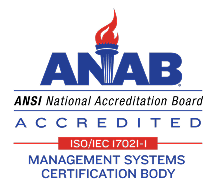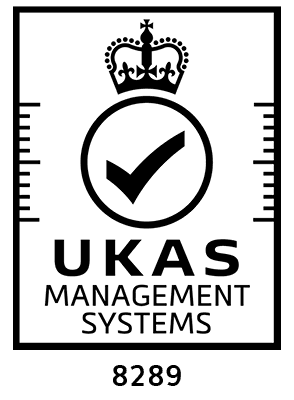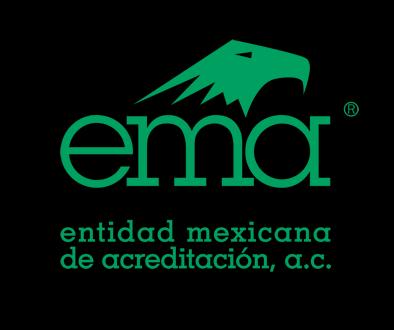
ISO 14001
Environmental Management System
ISO 14001 is the internationally recognized global standard for Environmental Management Systems (EMS). It confirms an organization’s commitment to improving environmental performance, reducing waste, and enhancing sustainability.
Get Started Today
Enter your details below to get started on your journey to certification.
Get Started
Get Your Certification Issued in 4 Easy Steps
Partnering with Perry Johnson Registrars (PJR) means a clear, supportive path from preparation to certification and beyond. Our process is designed to make achieving and maintaining ISO 9001 certification simple, efficient, and rewarding.
Application & Optional Pre-Assessment
Begin your certification journey by submitting an application and receiving a tailored proposal from PJR. Some clients may also request an optional pre-assessment or readiness review to evaluate preparedness before the official audit. This step helps identify potential gaps early, improving the likelihood of a successful certification.
ISO 14001

ISO 14001:2015 was published September 2015 with the transition period finished as of September 2018. The standard requires organizations to determine its environmental risks and opportunities, related to its environmental aspects, compliance obligations, and other issues or requirements, and address them in order to prevent or minimize any undesired environmental conditions and to continually improve environmental performance. ISO 14001:2015 requires organizations to maintain a life cycle perspective, to assess and manage the potential for negative environmental impacts from relevant stages in the product lifecycle from raw material sourcing/acquisition all the way through end-of-life treatment or disposal of the product and/or byproduct waste streams.
Benefits of ISO 14001 certification include:
- Commitment to environmental protection/conservation.
- Reduction of risk of adverse environmental impacts.
- Business management drivers, notably meeting stakeholder requirements, improving public image, achieving strategic objectives, and integrating with other business management systems.
- Meeting legal requirements and improving the organization’s environmental performance.
- Management commitment and employee engagement.
- Supplier environmental performance.
- Providing a competitive advantage.
- Providing financial benefits (in some instances).
For more information on ISO 14001, contact PJR today at (248) 358-3388 or send a request to pjr@pjr.com for a Project Manager in your area!
Why Choose PJR as Your Certification Partner
Our team of experts are with you every step of your certification journey.
- Fully accredited and globally recognized - PJR is accredited by leading bodies including ANAB, UKAS, JAB, and ACCREDIA, ensuring your certification is respected worldwide.
- Value-driven auditing approach - Our Process Performance Auditing (PPA) method goes beyond checklists, focusing on how your processes perform and drive continual improvement.
- Industry-experienced auditors - Our auditors understand your industry’s unique needs and provide meaningful insights that add real value.
- Personalized, human service - When you call PJR, you speak with real people…not automated systems. You will always have personalized service from our dedicated scheduling team, ensuring quick, reliability, and thoughtful support throughout your certification journey.
- Global reach with a local touch - Whether you are a small business or a multinational organization, PJR offers efficient, flexible service tailored to your size, scope, and location.

PJR Resources
Expertise for Every Industry
Here at Perry Johnson Registrars, we have the authority to grant certification to a wide range of international standards.
Please select a standard below to learn more, or browse all standards we certify.

Quality

Environmental & Energy

Aerospace

Cybersecurity

Automotive

Medical Devices

Food Safety

Supplier Audits
What Our Clients Say
PJR has been an accredited registrar since 1994; formal accreditation came in January 1995 by ANSI/ANAB.
Perry Johnson Registrars, Inc. has been accredited by seven different international bodies, is recognized by IAOB, and has an audit staff of over 500 auditors, averaging 15 years of auditing experience and 18 years of experience in the quality industry.
PJR auditors boast an average of 15 years of auditing experience and an average 18 years of experience in quality assurance. Auditors undergo a thorough qualifications process, which includes not only interviews, background checks, and references, but mandatory training modules, technical competency exams, observation and supervision audits, and annual auditor training.
Frequently Asked Questions
Have questions about ISO 14001 or our certification process? We’ve got answers.





